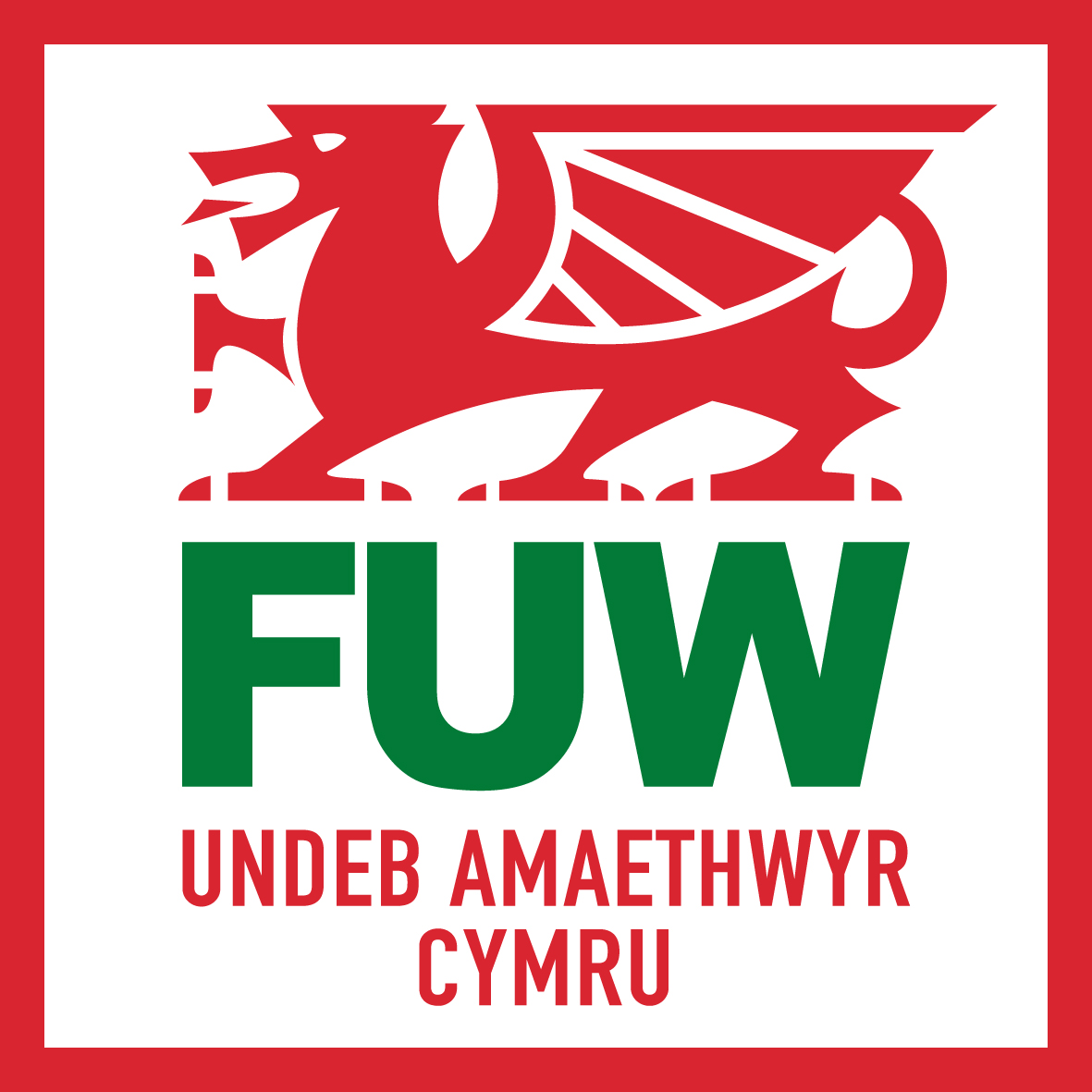[caption id="attachment_3772" align="aligncenter" width="500"] Dilwyn and Geraint, right, Jenkins in the milking parlour at Cerrigcaranau, Talybont, near Aberystwyth.[/caption]
Dilwyn and Geraint, right, Jenkins in the milking parlour at Cerrigcaranau, Talybont, near Aberystwyth.[/caption]
Welsh Affairs Select Committee members carrying out an inquiry into the future of dairy farming in Wales will get first-hand experience of life on a Farmers' Union of Wales member's farm near Aberystwyth tomorrow (Thursday November 8 at 11.15am).
Before taking part in an evidence session at Aberystwyth University's MedRus Conference Centre, committee members will pay a 45-minute visit to 510-acre Cerrigcaranau Farm at nearby Talybont to hear the views of farmer Dilwyn Jenkins and his sons Eifion (29) and Geraint (25).
The farm is run, with a mixture of enterprises under organic management, in three blocks with 110 Holstein Friesian cows milked, 30 pedigree Welsh Black cows, 230 breeding ewes, 80 acres of barley, five acres of fodder beet and two acres of swedes.
After the farm visit (at 2.15pm) FUW senior policy officer Hazel Wright and chairman of the union's milk and dairy produce committee, Holywell dairy farmer Dei (Correct spelling) Davies, will present evidence to the committee revealing that low and volatile dairy farm profitability has eroded confidence in the sector.
The union will enforce the message that if the current problems are not tackled, the Welsh dairy industry will face an uncertain future and a continued reduction in the number of dairy producers.
The FUW has already provided written evidence to the committee which states that Wales has about 1,900 dairy farmers - about 20% of the total amount in England and Wales - yet the number of farmers has declined steadily since the end of the last century.
Compared to 2002 there are now 40% fewer dairy farmers in Wales and last summer the industry suffered a major crisis caused by price cuts announced by retailers and processors. Although some price cuts were later withdrawn, the long-term sustainability of the industry remains uncertain.
"We relish the opportunity to discuss the short and long-term challenges facing the Welsh dairy sector with members of the Welsh Affairs Select Committee," said Mr Davies.
"In our written evidence we have discussed the benefits of retaining traditional family farms by redressing imbalances of power along the supply chain, ensuring fair contractual arrangements and encouraging better co-operation between farmers.
"With this in mind, the impact of the EU Dairy Package, the UK Groceries Code Adjudicator Bill and the voluntary Dairy Code of Practice on contractual relations will be some of the key elements under discussion," added Mr Davies.
The union's written evidence also discusses the potential effect of the abolition of milk quotas and the reform of the Common Agricultural Policy on the Welsh dairy sector.





